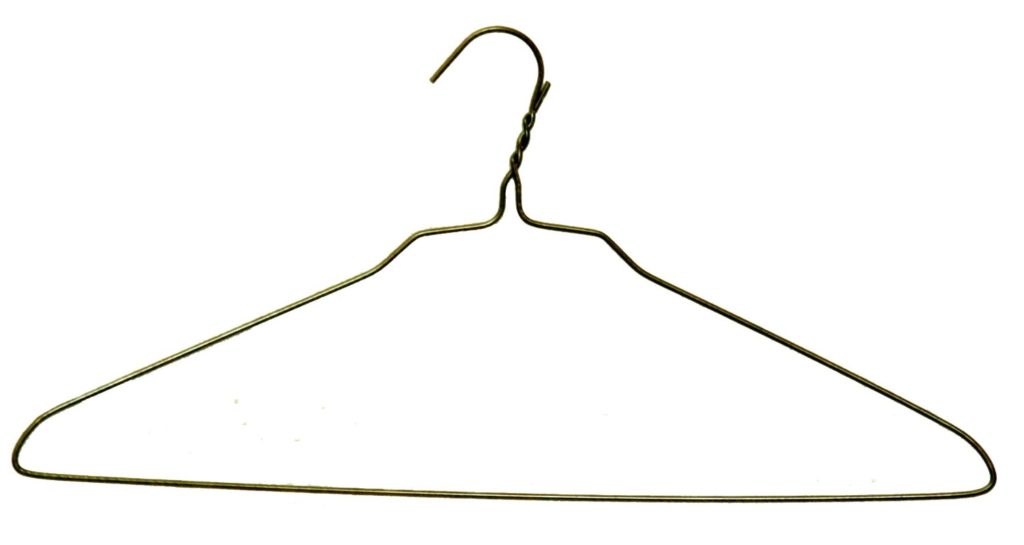
Beyond the Coat Hanger: What’s Next for Abortion Rights Iconography?
February 17, 2015For many in the reproductive rights movement, the coat hanger is more than a commonplace closet item. Activists use it to memorialize those girls and women who turned to unsafe abortions out of desperation when abortion was illegal. It transforms into shorthand for “Never again.”
Although the symbol resurfaces throughout the year, it becomes a frequent sight around the January anniversary of Roe v. Wade. As I saw coat hanger references earlier this year, I felt an odd dissonance. I knew what I was supposed to feel: outrage, sadness, and a renewed commitment to reproductive justice. Instead, though, I only felt unmoved and then unnerved. For me, and many others born after Roe, the fixation on coat hangers as the prevailing iconography of the reproductive rights movement excludes the possibility of alternatives that are more relevant to current struggles.
Part of my discomfort was rooted in historical quibbles; while the coat hanger is the enduring symbol of women’s determination and desperation to end pregnancies during the era of illegal abortion, the implements of pregnancy termination also included catheters, toothpicks, unnaturally long fingernails, and drugs—even well before medication abortion was an accepted practice. And as durable as the images of the coat hanger or dangerous back-alley procedure may be, not all illegal abortions were unsafe; many were performed by trained clinicians working outside the law. In addition, as part of the first post-Roe generation, I didn’t live through a time when many hospitals had so-called “dirty” wards, where they treated women suffering from botched abortions. As much I hate to admit it, the coat hanger doesn’t resonate with me or many other people my age or younger.